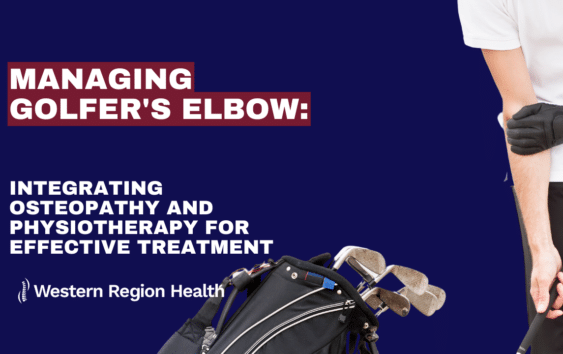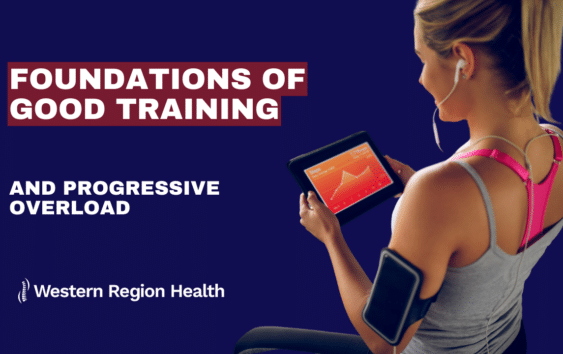General | June 7, 2024
The Crucial Winter Warm-Up: Preparing Your Body For Cold-Weather Exercise
Dr Jarryd Barrett-OSTEOPATH-B.S(clin), M.H.S(osteo), Member of Osteopathy Australia
As the chill of winter settles in, it’s tempting to stay bundled up indoors and skip your usual workout routine. However, neglecting physical activity during the colder months can lead to decreased fitness levels and a host of health issues. Whether you’re hitting the slopes for some skiing, braving the icy pavements for a run, participating in winter sports like football or soccer, or hitting the gym, warming up before any winter activity is essential for keeping your body safe and performing at its best.
Why is warming up so crucial during winter? Let’s delve into the science behind it.
- Preventing Injury: Cold weather causes muscles, tendons, and ligaments to tighten, increasing the risk of strains, sprains, and other injuries. A proper warm-up dilates blood vessels, increasing blood flow to muscles and joints, which enhances flexibility and reduces the likelihood of injury.
- Optimizing Performance: Cold muscles are less efficient and responsive, leading to decreased strength and agility. By gradually increasing your heart rate and loosening up your muscles through a warm-up routine, you can enhance muscle function and coordination, resulting in improved performance during winter activities.
- Protecting the Heart: Exercising in cold temperatures puts additional stress on the cardiovascular system as the body works harder to maintain its core temperature. A thorough warm-up helps prepare the heart for the increased demands of exercise, reducing the risk of heart-related complications such as heart attacks or arrhythmias.
- Enhancing Mental Focus: Winter workouts can be mentally challenging, especially when faced with cold winds and shorter daylight hours. A well-designed warm-up not only primes your body but also helps sharpen your focus and concentration, allowing you to fully engage in your chosen activity and achieve your fitness goals.
So, what should a winter warm-up entail?
Start with dynamic stretches and mobility exercises to loosen up stiff joints and improve range of motion. Incorporate movements that target the major muscle groups you’ll be using during your activity, paying particular attention to areas prone to tightness or injury, such as the hips, hamstrings, and shoulders.
Next, gradually increase your heart rate with aerobic exercises like jogging in place, jumping jacks, or brisk walking. Aim to break a light sweat without overexerting yourself, as pushing too hard during the warm-up can lead to premature fatigue or injury.
Finally, perform sport-specific drills or movements to mimic the actions you’ll be performing during your activity.
Remember to listen to your body and adjust your warm-up accordingly based on the temperature, intensity of activity, and individual fitness level. If you’re unsure where to start, consider consulting with a fitness professional who can tailor a warm-up routine to your specific needs and goals.
In conclusion, don’t let the winter chill deter you from staying active. By prioritising a thorough warm-up before cold-weather exercise, you’ll not only reduce the risk of injury but also optimize your performance and enjoyment of winter activities. So, lace up those boots, layer up, and embrace the invigorating benefits of winter exercise!
References:
- American College of Sports Medicine. (2018). Warm Up and Cool Down.
- Bieuzen, F., Hausswirth, C., & Louis, J. (2010). Effects of cold water immersion on the recovery of physical performance and muscle damage following a one-off soccer match. Journal of Sports Sciences, 28(9), 897-902.
- Fradkin, A. J., Zazryn, T. R., & Smoliga, J. M. (2010). Effects of warming-up on physical performance: a systematic review with meta-analysis. Journal of Strength and Conditioning Research, 24(1), 140-148.
- Garrick, J. G., Requa, R. K., & Femovich, J. (1978). The effects of warming up on muscular power and flexibility. The American Journal of Sports Medicine, 6(6), 376-379.
- Shellock, F. G., & Prentice, W. E. (1985). Warming-up and stretching for improved physical performance and prevention of sports-related injuries. Sports Medicine, 2(4), 267-278.


